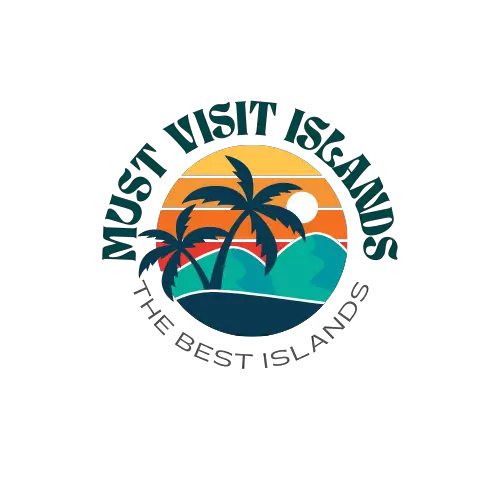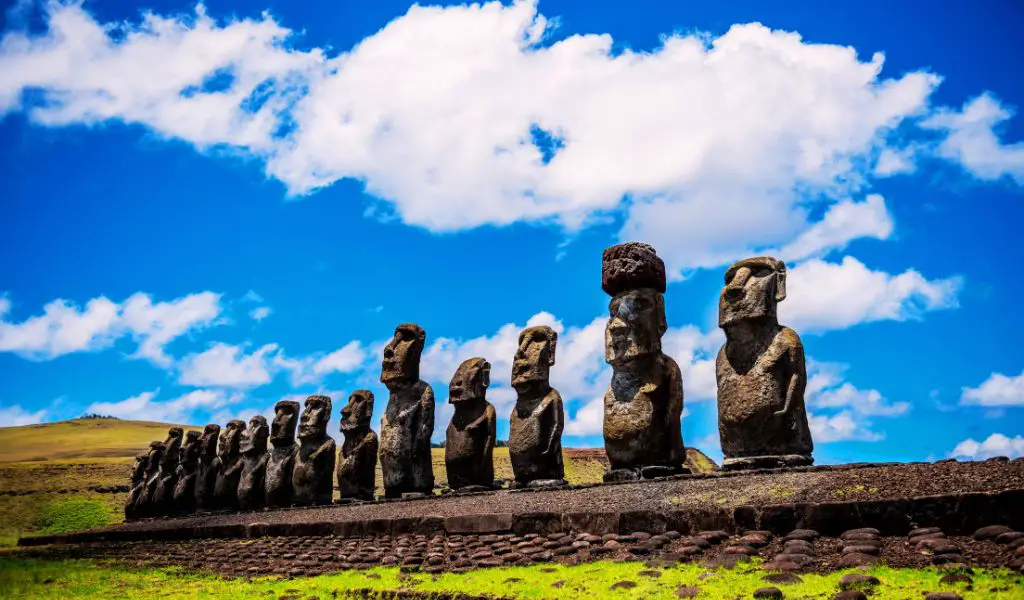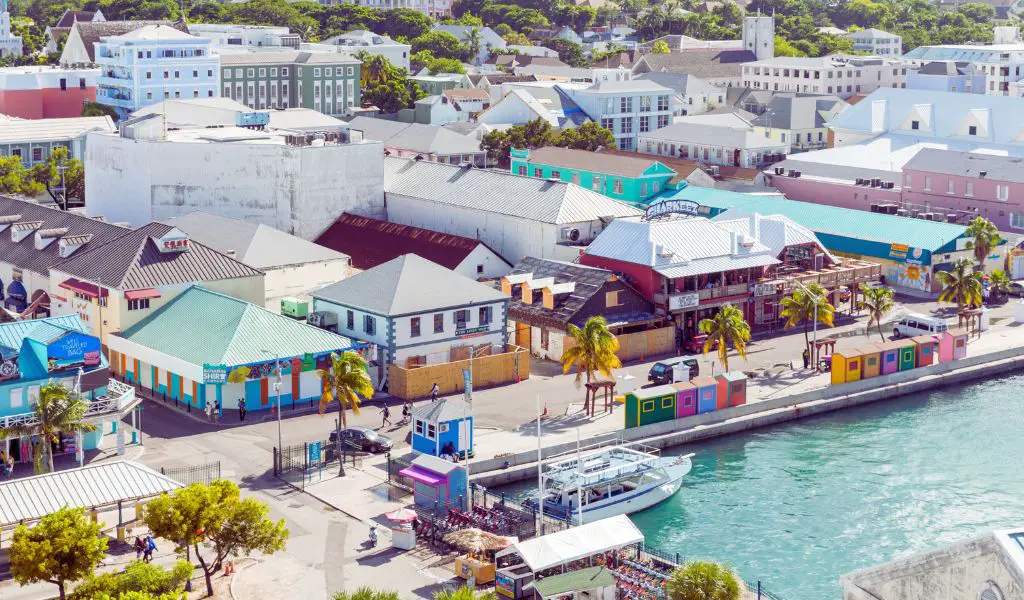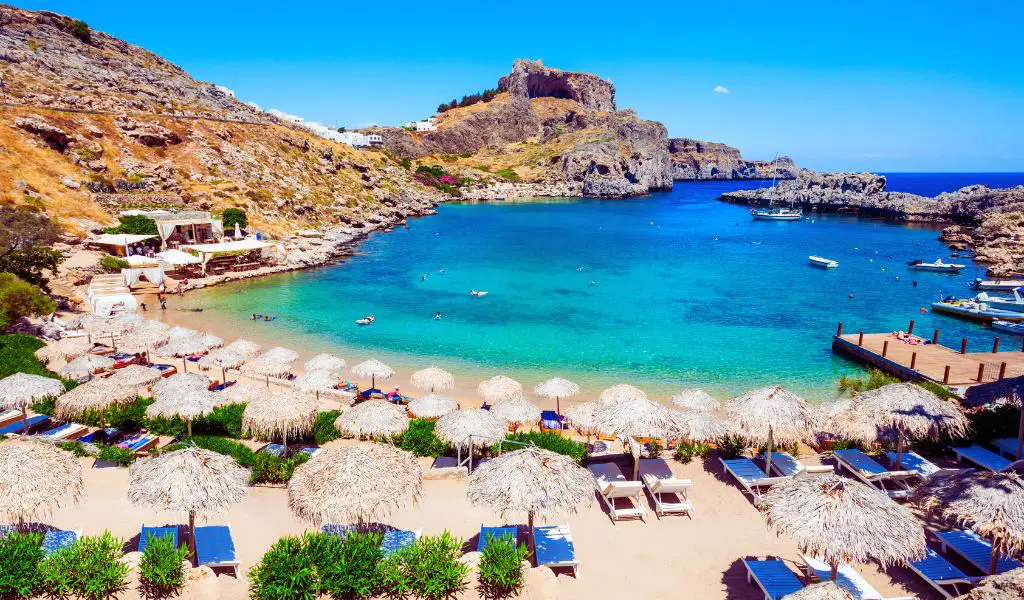Easter Island, or Rapa Nui as it is known in Polynesian, is a UNESCO World Heritage site located in the southeastern Pacific Ocean. It’s a captivating destination, full of intrigue and beauty that lures tourists from all corners of the globe. Officially a part of Chile, this volcanic island is famed for its 900 monumental statues, known as moai, which were created by the Rapa Nui people.
Geography
Easter Island is characterized by three extinct volcanoes, the highest of which is Maunga Terevaka, reaching a peak of over 500 meters above sea level.
The volcanoes have given birth to a landscape that’s both rugged and breathtaking, with a coastline marked by steep cliffs and a few sandy beaches.
The interior is grassy with a sparse tree population.
History
The island’s rich history dates back to the first millennium AD, when it was settled by Polynesians.
The culture they developed was highly sophisticated, with complex religious and social systems.
The Rapa Nui people were skilled stonemasons and builders, leaving behind remarkable archaeological sites that attest to their knowledge and craftsmanship.
The moai, some weighing up to 82 tons, stand as enduring symbols of their efforts.
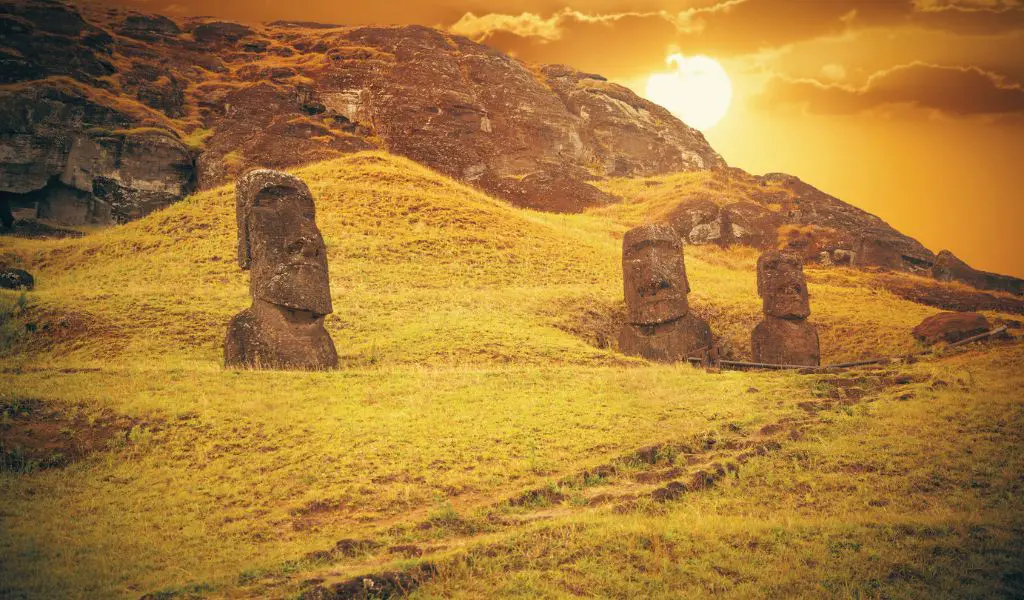
Attractions
In terms of attractions, Rano Raraku, also known as ‘The Nursery’, is where nearly all of the moai were carved from compressed volcanic ash.
It’s an awe-inspiring sight, with partially completed statues still embedded in the rock face.
A visit to the ceremonial village of Orongo offers a look into the fascinating birdman cult, with petroglyphs depicting this unique aspect of Rapa Nui history.
Activities
Popular activities on Easter Island include hiking, horse riding, snorkeling, and scuba diving.
Many hiking trails wind their way around the island, leading you through stunning landscapes and past the imposing moai.
The crystal clear waters surrounding the island offer excellent visibility for snorkeling and diving, with a chance to see a myriad of marine life.
Population
Easter Island has a population of about 7,750 as per the latest census.
The majority of the inhabitants are of Polynesian descent, making the island one of the most eastern locations in Polynesia.
When to Go
The best time to visit Easter Island is between April and November.
This is the low season, so there are fewer tourists, and the weather is pleasant, with temperatures ranging from 15 to 20 degrees Celsius (59 to 68 degrees Fahrenheit).
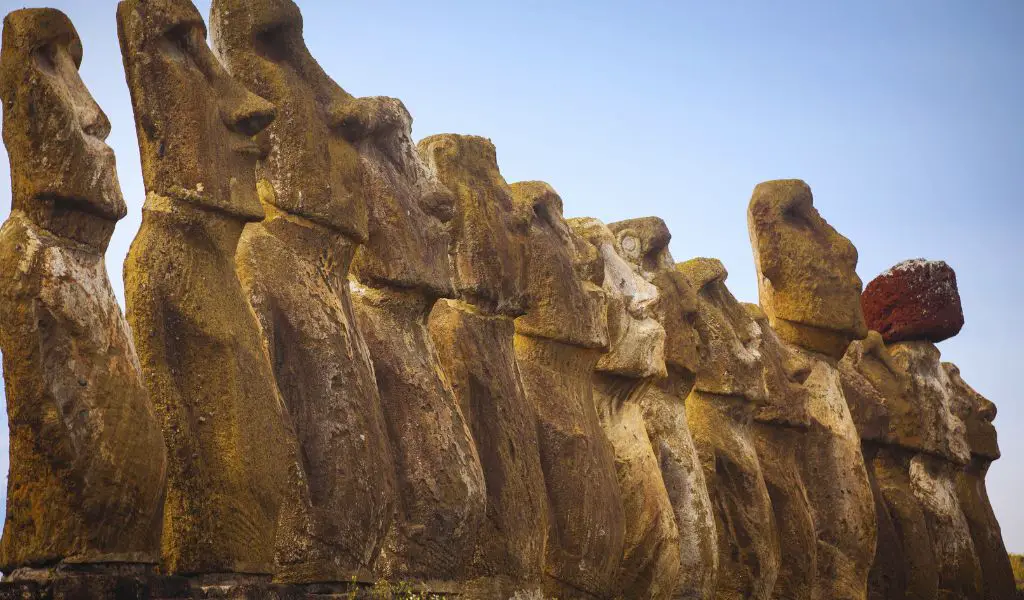
How to Get There
Flights to Easter Island depart from Santiago, Chile.
The flight duration is approximately 5-6 hours. Mataveri International Airport is the only airport on the island and it welcomes all international and domestic flights.
Highlights
The key highlights of Easter Island include the Rano Raraku quarry, Ahu Tongariki, the largest ahu (platform) with fifteen moai, and Orongo village.
Anakena Beach, with its white sands and palm trees, provides a refreshing contrast to the island’s rugged landscape.
What You Should Know
Spanish and Rapa Nui are the two main languages spoken on the island.
The local currency is the Chilean peso.
Also, bear in mind that amenities are basic, and it’s a good idea to bring essential items with you as they can be expensive to buy on the island.
FAQs
Can you climb on the moai?
No, climbing on the moai is strictly prohibited to preserve these ancient structures.
Is it safe to drink the tap water on Easter Island?
It’s advisable to drink bottled water on Easter Island as the tap water can sometimes cause stomach upset.
Is there internet access on Easter Island?
Yes, there is internet access, but it can be slow and intermittent.
